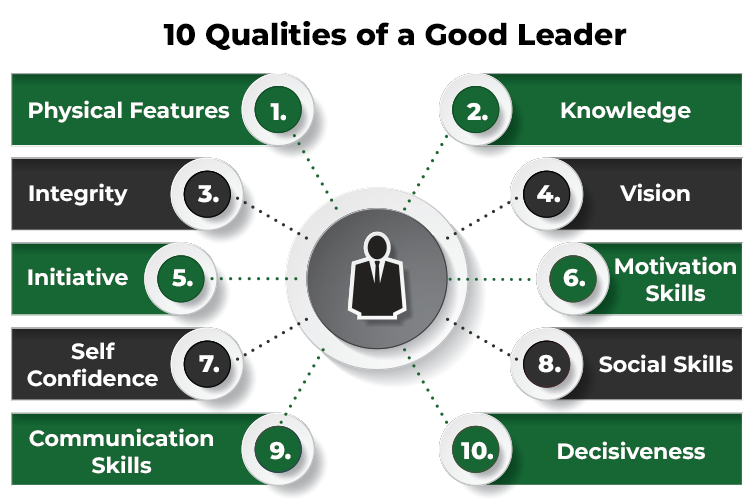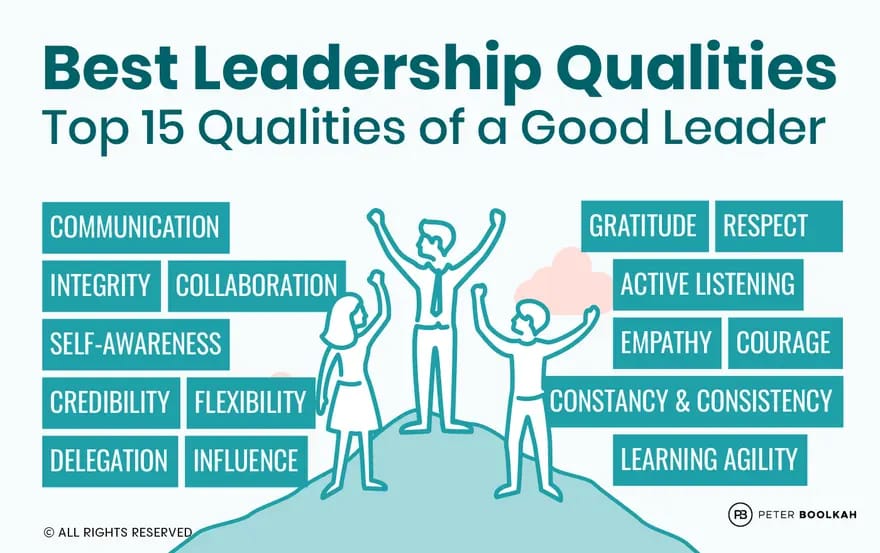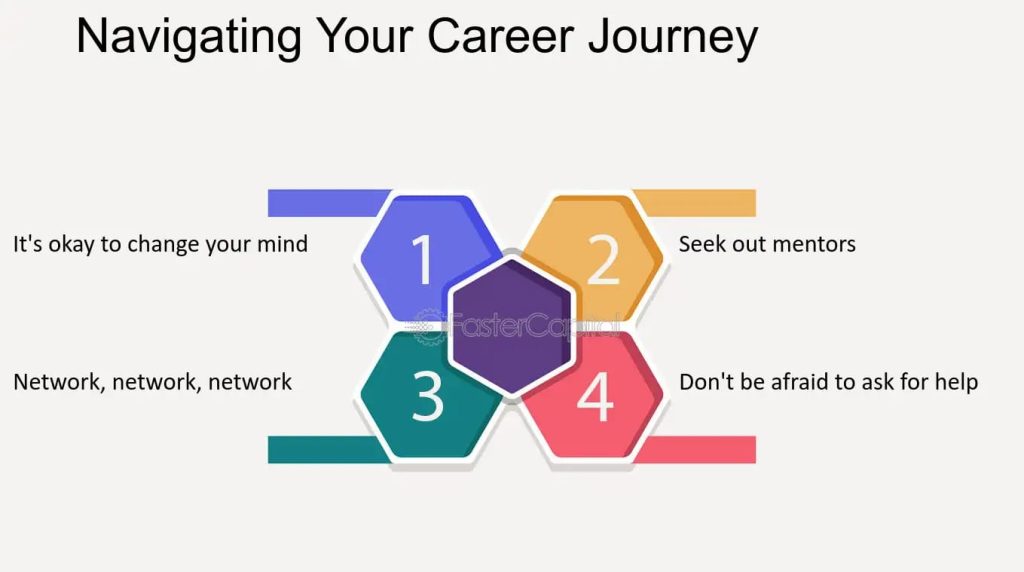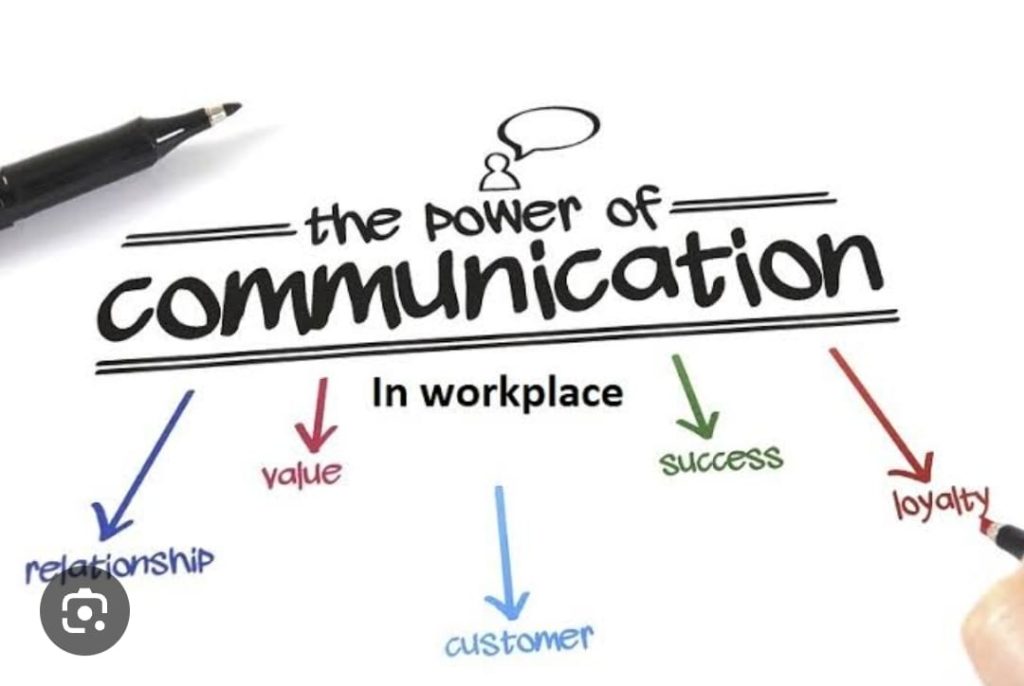Leadership is the cornerstone of success in any organization, team, or community. Successful leaders influence, inspire, and guide others toward shared goals. But what separates great leaders from the rest? The answer lies in a unique combination of skills, behaviors, and qualities. Below, we’ll explore the essential qualities of successful leaders and how they contribute to creating impact and driving change.

Visionary Thinking
Great leaders have a clear vision of where they want to lead their team or organization. They understand the big picture and can articulate this vision in a way that inspires and motivates others.
Why it matters: A clear vision provides direction and purpose. It aligns the team’s efforts and ensures everyone is working toward common objectives.
How it’s demonstrated: Leaders like Steve Jobs exemplified visionary thinking by imagining how technology could change lives and communicating this effectively to their teams.
A successful leader doesn’t just dream big; they also create actionable strategies to bring those dreams to fruition.
Emotional Intelligence (EI)
Emotional intelligence, the ability to understand and manage one’s emotions while empathizing with others, is a cornerstone of effective leadership.
Key components:
Self-awareness: Recognizing personal strengths and weaknesses.
Self-regulation: Controlling emotions to maintain composure under pressure.
Empathy: Understanding others’ perspectives and needs.
Social skills: Building and maintaining strong relationships.
Motivation: Channeling emotions toward achieving goals.
Why it matters: Leaders with high emotional intelligence foster trust and collaboration, making them approachable and respected.

Effective Communication
A successful leader is an excellent communicator. They can convey ideas clearly, listen actively, and adapt their communication style to suit different audiences.
Key traits:
Clarity and precision in speech and writing.
The ability to listen without interrupting.
Encouraging open dialogue to foster creativity and problem-solving.
Why it matters: Strong communication ensures everyone understands the goals, roles, and expectations, reducing confusion and misunderstandings.
For example, during crises, leaders who communicate transparently and empathetically can maintain morale and trust among their teams.
Adaptability
Change is inevitable, and the best leaders know how to pivot when circumstances shift. They embrace challenges and uncertainties with resilience and flexibility.
Key behaviors:
Quickly analyzing situations and making informed decisions.
Encouraging innovation and openness to new ideas.
Balancing short-term needs with long-term goals.
Why it matters: In dynamic environments, adaptability allows leaders to respond effectively to unforeseen challenges and seize emerging opportunities.
For instance, Satya Nadella’s transformation of Microsoft involved adapting to a rapidly changing tech landscape by shifting the company’s focus to cloud computing and AI.

Integrity and Accountability
Integrity is the foundation of trust, while accountability ensures that a leader owns their actions and decisions. Together, these qualities establish credibility and reliability.
Integrity: Acting ethically and staying true to core values.
Accountability: Taking responsibility for successes and failures alike.
Why it matters: Teams are more likely to follow leaders they trust and respect. Integrity fosters loyalty, while accountability inspires confidence in a leader’s judgment.
For example, leaders like Warren Buffet emphasize the importance of honesty and ethical behavior in leadership.
Decisiveness
Great leaders are decisive. They analyze data, weigh options, and make confident decisions, even in the face of uncertainty.
Key behaviors:
Using critical thinking and sound judgment.
Avoiding overanalysis or hesitation.
Taking calculated risks.
Why it matters: Indecision can paralyze a team, while timely decisions drive progress and innovation.
For instance, during critical moments in history, leaders like Winston Churchill made tough decisions that shaped the course of events.

Inspiring Motivation
Successful leaders inspire others to give their best. They lead by example, demonstrating passion, commitment, and a positive attitude.
How it’s achieved:
Recognizing and celebrating achievements.
Creating a supportive and inclusive environment.
Encouraging personal and professional growth within the team.
Why it matters: A motivated team is more productive, engaged, and aligned with the leader’s vision.
An example of this is how leaders like Mahatma Gandhi inspired millions to join his movement for independence through his unwavering commitment and peaceful approach.
Problem-Solving Skills
Challenges are an inherent part of leadership. Successful leaders possess the analytical and creative thinking skills needed to tackle problems effectively.
Key traits:
Identifying the root causes of issues.
Brainstorming innovative solutions.
Collaborating with others to address complex challenges.
Why it matters: Effective problem-solving minimizes disruptions and keeps teams focused on achieving their goals.
Elon Musk, for instance, is known for tackling engineering and business challenges head-on, driving innovation in industries like electric vehicles and space exploration.

Empathy and Inclusivity
Empathy allows leaders to connect with others on a deeper level, while inclusivity ensures that diverse perspectives are valued and respected.
How it’s demonstrated:
Actively listening to team members’ concerns.
Creating an environment where everyone feels heard and valued.
Recognizing and addressing unconscious biases.
Why it matters: Inclusive leaders foster stronger collaboration and creativity, as diverse teams bring varied ideas and approaches to the table.
Leaders like Jacinda Ardern have been celebrated for their empathetic leadership, particularly during challenging times.
Commitment to Learning and Growth
Leadership is a journey, not a destination. Successful leaders are lifelong learners who continually seek to improve themselves and their teams.
Key traits:
Staying curious and open-minded.
Seeking feedback and acting on it.
Investing in professional development.
Why it matters: Continuous learning ensures leaders remain relevant and adaptable in a fast-evolving world.
For example, Bill Gates is known for his habit of reading extensively to expand his knowledge and stay ahead.
Building and Empowering Teams
No leader succeeds alone. Successful leaders know how to build strong teams and empower individuals to perform at their best.
Key actions:
Delegating tasks effectively.
Providing mentorship and guidance.
Recognizing and utilizing team members’ strengths.
Why it matters: Empowered teams are more autonomous, creative, and capable of achieving outstanding results.
Leaders like Jeff Bezos prioritize building a culture of ownership and innovation at Amazon, enabling teams to take initiative.
https://nimblefoundation.org/
https://www.facebook.com/nimblefoundation1
https://www.linkedin.com/in/satish-kakri-17224417/
https://nimblefoundation.org/our-clients.html
Thanks for reading.







































